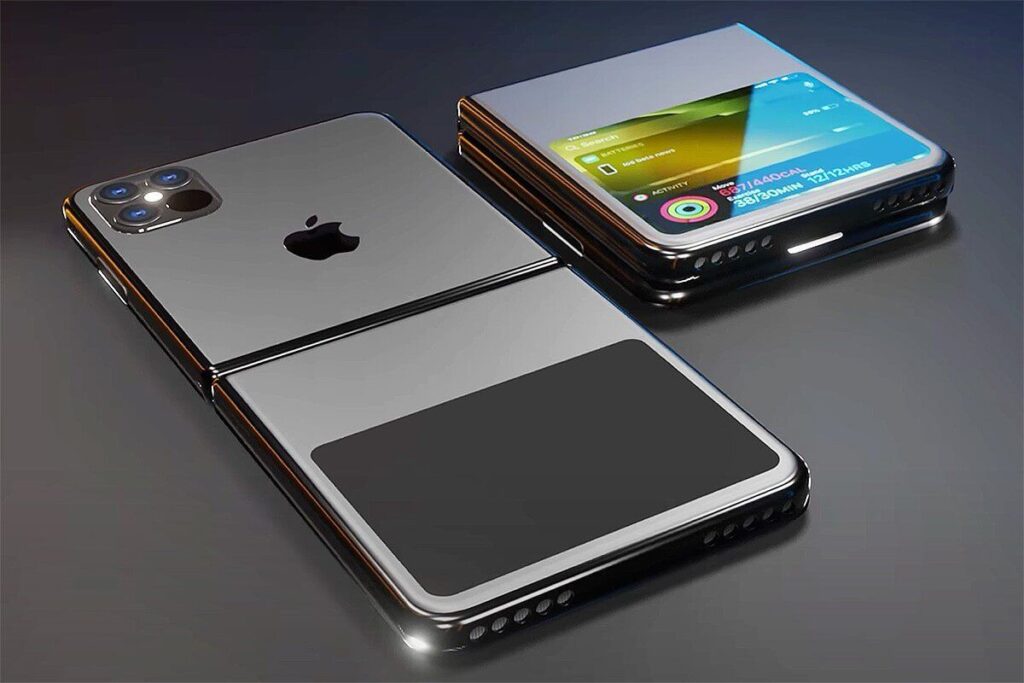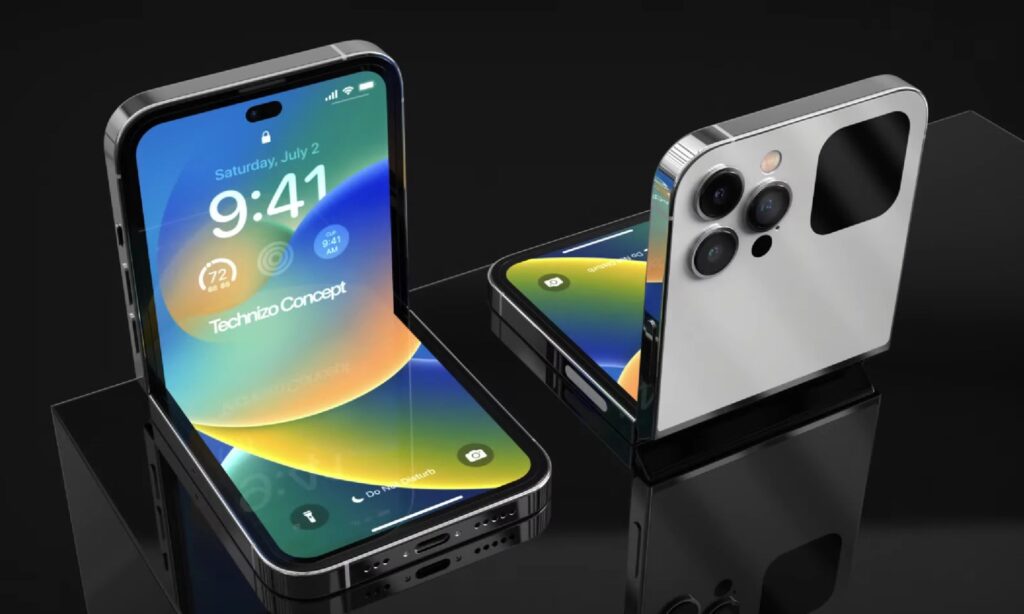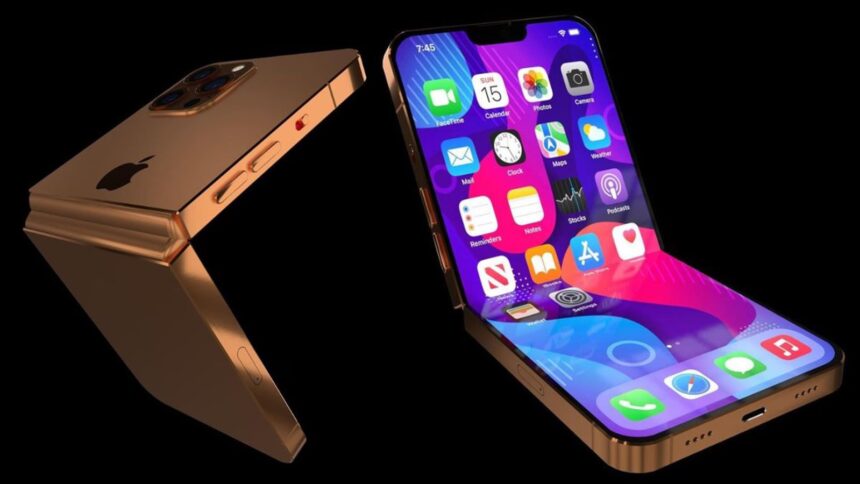After years of speculation, Apple is preparing to enter the foldable smartphone market, with a planned launch of its first foldable iPhone expected in 2026. Apple, known for innovation and premium quality, is entering a market already tested by competitors like Samsung, Google, and OnePlus. The arrival of Apple’s foldable smartphone could dramatically shift consumer expectations, raising the bar for what defines a premium, high-end device.
What’s Happening & Why This Matters
A Crease-Free Experience
Apple’s much-anticipated foldable iPhone is set to offer what many competitors have struggled to achieve: a genuinely crease-free display. Analyst Ming-Chi Kuo reports that Apple aims to eliminate the screen crease, a common pain point for current foldable users. This would give Apple’s device a significant advantage in aesthetics and user satisfaction.
Apple plans to achieve this seamless design through advanced engineering, possibly using materials like stainless steel and titanium. These materials ensure durability while delivering a luxurious look and feel. Kuo notes that the foldable iPhone will be about 9.5mm thick when folded and slim to around 4.8mm when unfolded, making it highly portable and appealing for consumers desiring compact devices without sacrificing screen space.

Cutting-edge Features and Enhanced Functionality
The foldable iPhone could bring back a popular feature: Touch ID. This biometric security method had seemingly disappeared from newer models, but its return would add convenience and security. Users will likely welcome this comeback, especially those who prefer fingerprint recognition to facial scanning.
On the technical front, the device may feature an impressive dual-lens camera setup on its rear, accompanied by a versatile front-facing camera accessible in both the folded and unfolded positions. Apple’s foldable device could also utilize high-density battery cells, similar to those expected in the forthcoming iPhone 17, ensuring longer battery life and sustained high performance.
Enhanced User Experience through Multitasking
One of the most anticipated features of the foldable iPhone is its enhanced multitasking capabilities. Users could efficiently perform tasks such as navigating via maps on one screen segment while simultaneously interacting with apps or social media platforms on the other. This dual-screen capability could significantly improve productivity and appeal to professional users and tech-savvy consumers alike.
Apple will potentially position this feature as a standout selling point, differentiating itself from competitors by delivering a more robust and interactive user experience.
Pricing and Market Impact

Kuo’s report suggests the foldable iPhone will be priced between $2,000 and $2,500, aligning with Samsung’s Galaxy Z Fold 6, priced at approximately $2,020. This premium pricing places Apple’s device squarely in the luxury tech category. Analysts anticipate that Apple’s foldable iPhone could generate considerable interest among high-income consumers and early-tech adopters eager to experience cutting-edge mobile technology.
Apple’s move will likely trigger more innovation and competition in the foldable market segment. Other companies will be pressured to respond with innovations and improvements, benefiting consumers through increased choices and quality.
TF Summary: What’s Next
The introduction of Apple’s foldable iPhone in 2026 is a monumental milestone for premium smartphone technology. Apple’s decision to join the foldable race could drive substantial device design, functionality, and overall user experience advancements. As details about the specifications become final, tech enthusiasts and competitors will closely monitor Apple’s moves, eagerly awaiting a device that could redefine market standards and consumer expectations.
— Text-to-Speech (TTS) provided by gspeech


